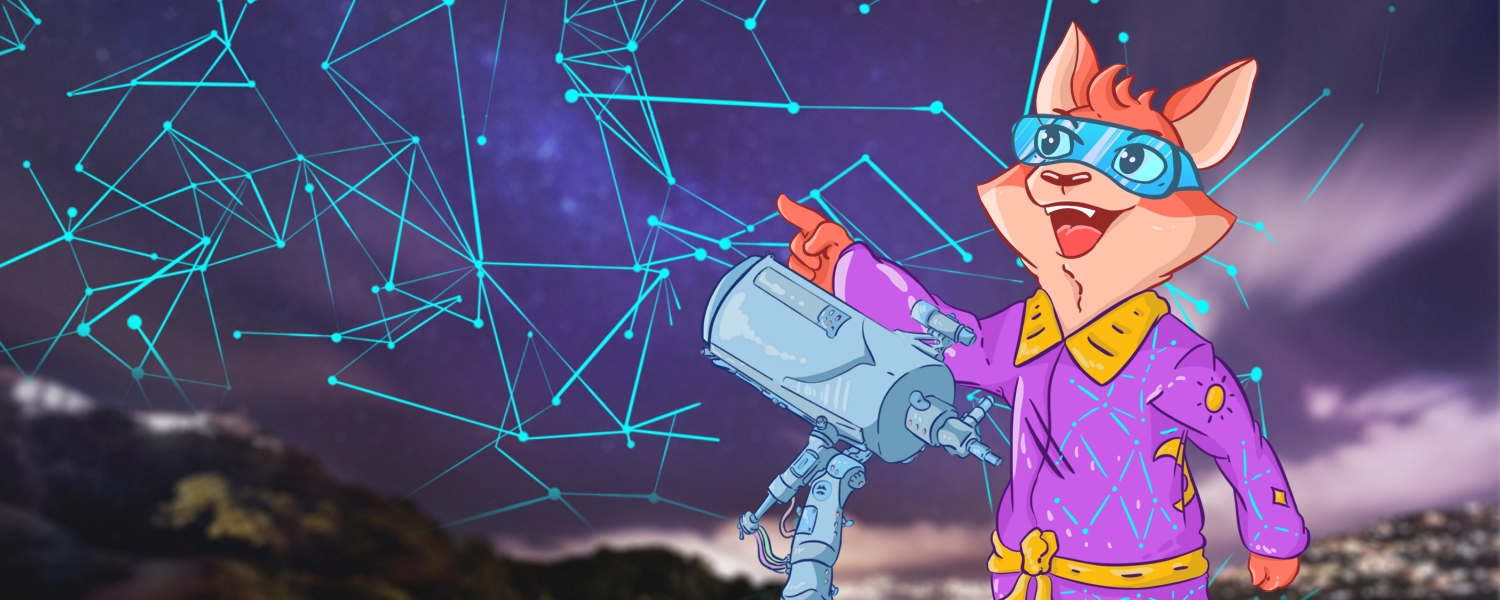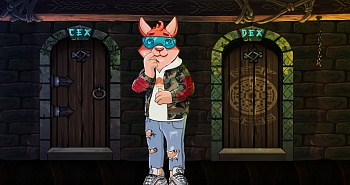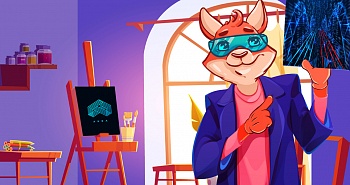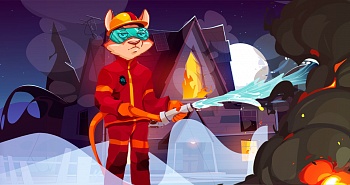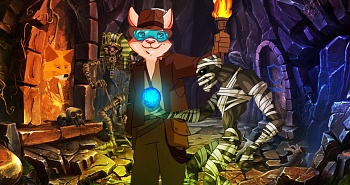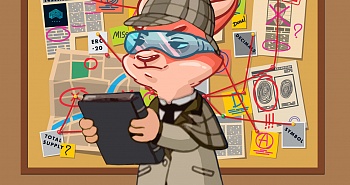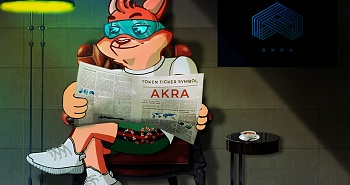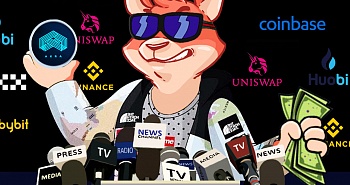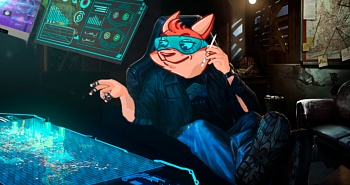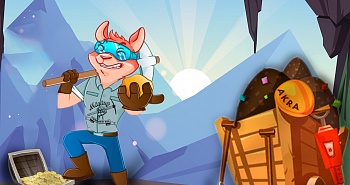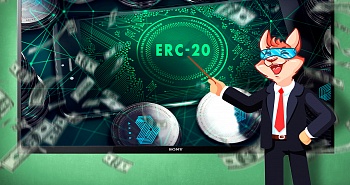The blockchain concept has been known to the masses since 2008, when bitcoin and everything associated with it appeared. But for most people, blockchain is still a buzzword that means something complicated and completely unrelated to real life.
In fact, blockchain is more than a technology for cryptocurrencies; it is, in fact, the Internet of the future. Let's try to find out how blockchain works and how it can be useful.
The modern Internet is closely linked to the use of servers that centrally store, process, and transmit information. For example, all of a customer's payment and settlement data on their bank cards is stored on bank servers. And that is the greatest danger of centralized storage - if something happens to the servers, the information can be irretrievably lost.
Blockchain makes it possible to move away fr om the principle of server-based storage and decentralize the Internet, turning it into the so-called Web 3.0.
Blockchain translates to "block chain," a name that accurately captures the essence of the technology. Information is recorded in blocks that are created and maintained by miners. A blockchain can easily be thought of as a kind of book or notebook, wh ere sheets can be added, but each new page is written strictly after the one already created. Not a single block can be changed or deleted - the information entered will remain in the block forever. In addition, the chain is stored on the computers of all independent users of the blockchain, not on the server of a particular organization, so if data is lost on one of the devices, it will not affect the safety of the information in any way.
Another characteristic feature: each new block contains a link to the previous one, so actions within the network can be easily tracked at any time.
A simple example: someone gave you one AKRA token, and you decide to give that cryptocurrency to a friend or relative. Both transactions will be recorded on all computers in the blockchain network and will remain unchanged, as will the ownership of the token.
By the way, blockchain should not be confused with cloud storage technology. It does not store the information itself as a document, but rather an acknowledgement of the existence of that information and a detailed history of transactions related to it.
Blockchain technology is already being used in different spheres, from the most familiar cryptocurrency transactions to the organization of document management and real estate trading. And the prospects of its application are increasing all the time.
